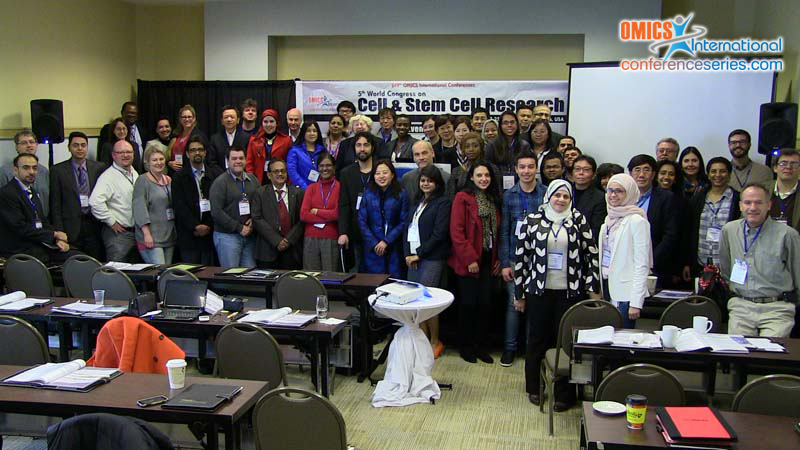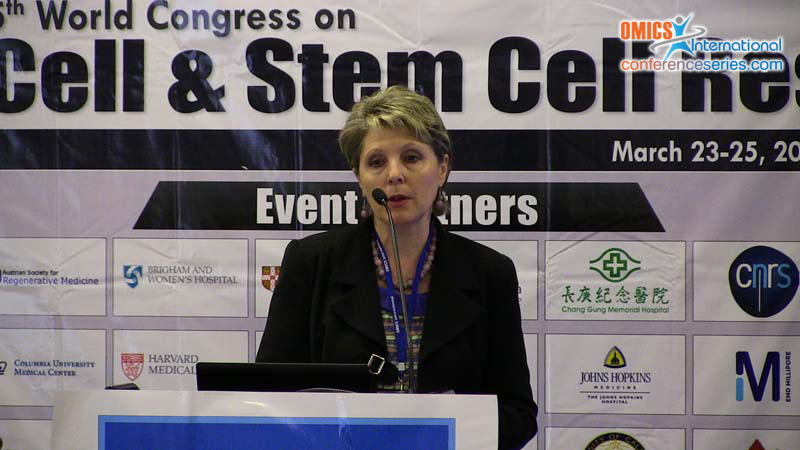
Susan Chubinskaya
Rush University Medical Center
USA
Title: Post-traumatic osteoarthritis: clinical reality and experimental approaches
Biography
Biography: Susan Chubinskaya
Abstract
Post-traumatic or early osteoarthritis (PTOA) occurs as a result of joint overuse or joint injury and primarily affects young people, actively involved in various sports. They are eager to return to regular physical routines as soon as possible, which may lead to re-injury or more severe traumas. In acute joint injuries, cartilage damage likely occurs at the time of the initial trauma or soon after. Therefore, understanding how to prevent cartilage damage before irreversible progression begins, may provide a window of opportunity for the evaluation of risk and diagnosis of early PTOA, which takes years to develop. By the time it becomes symptomatic, only surgical interventions remain as a viable treatment option. There is a critical need to develop strategies for improving the outcomes after surgical interventions that would delay or prevent the subsequent development of PTOA. Treatment of the pre-osteoarthritic joint disease is a new concept, which emphasizes the need for preventive strategies that will modify the course of a disease. The current approach to the clinical treatment of OA is the palliation of symptoms arising from late-stage disease. Early-stage disease or pre-osteoarthritis disease is clinically silent in that structural changes typically precede clinical signs and symptoms of pain, deformity, functional limitations, and disability. Metabolic changes in articular cartilage, synovium, and subchondral bone may represent the earliest measurable changes in pre-OA conditions. As such, it may lead to new intervention strategies that support the development of disease-modifying therapies. In this presentation we will review the latest advances in biologic approaches to cartilage repair.



